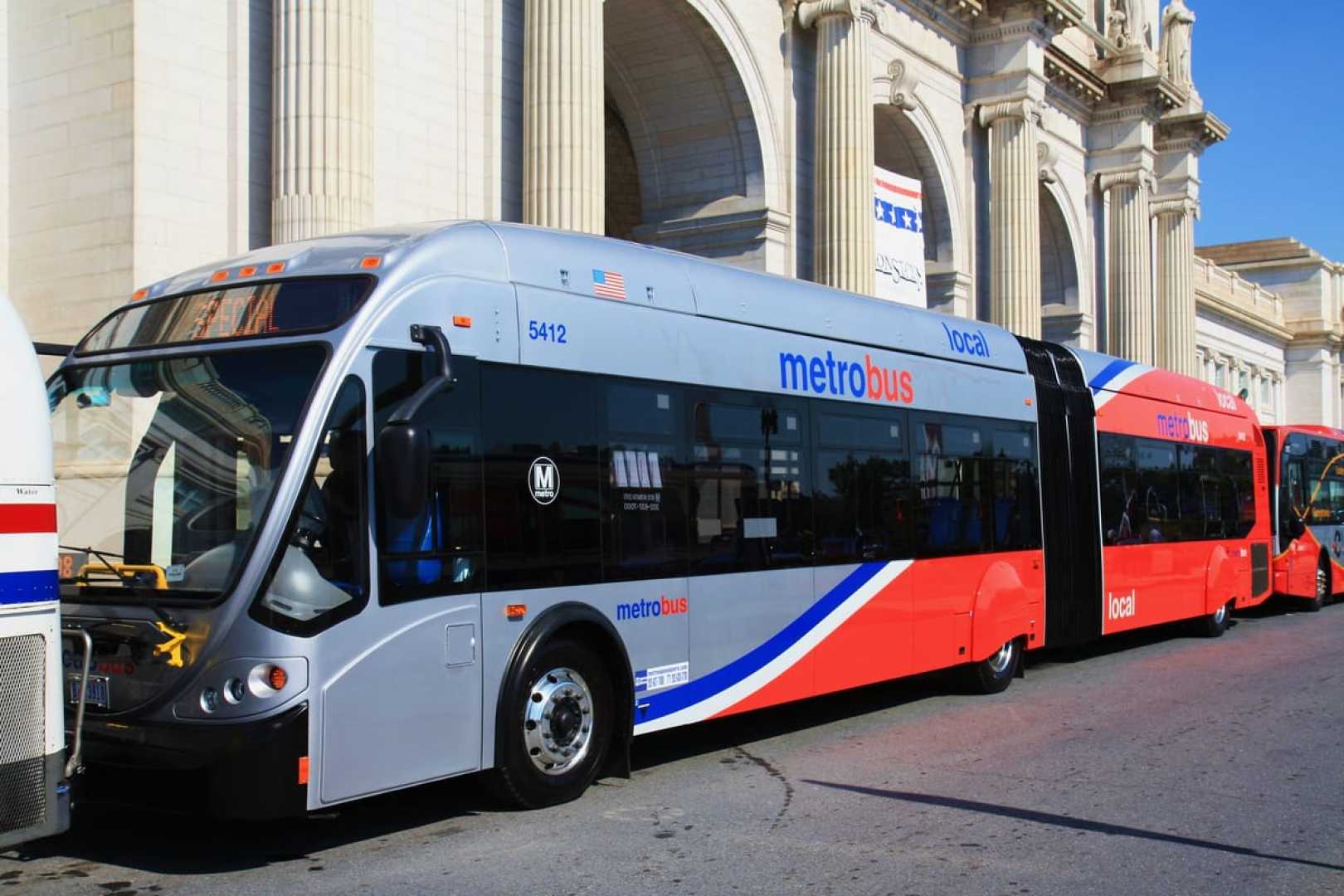News
D.C. Bus System Overhaul Leaves Riders Confused and Frustrated

Washington, D.C. — In late June, the Washington Metropolitan Area Transit Authority (WMATA) rolled out a significant overhaul of its bus system aimed at improving frequency and reliability. Just days after its launch on June 29, some riders expressed their dissatisfaction with the changes.
Adariah George, an 18-year-old resident of Southeast D.C., shared her frustration on July 3 while commuting to a summer job. “The first bus I took was the wrong one. I’m now 30 minutes late,” she said. George, a recent graduate of KIPP Legacy College Preparatory Public Charter School, has relied on the Metrobus throughout her education.
The revamped system, known as the Better Bus Network, has consolidated several bus lines, including the A bus line, into a new C11 route. This change has caused concern for George, who noted that the new route has fewer stops, making it harder for her to access reliable bus service. “You have to leave out earlier because it’s going all around everywhere except straight to a certain destination,” she explained.
WMATA’s overhaul included renaming all routes, removing over 500 stops, and restructuring schedules to provide more frequent service at high-traffic locations. The first letter of each bus line is now designated by its direction or destination. For example, ‘C’ represents crosstown routes and ‘M’ stands for Montgomery County, Maryland.
Randy Clarke, WMATA’s general manager and CEO, acknowledged the challenges some riders face with the transition. “You generally hear more from people that are not as happy, but we are monitoring that very closely,” he stated. Clarke mentioned plans to engage with the community as the school year approaches.
Other riders also shared their discontent. A government employee, speaking anonymously, described feeling “out of place” with the new system, and Joshua Boone, a long-time Metrobus user, felt similarly lost. Boone emphasized that young people are particularly affected by these changes since many do not own cars or have credit cards for rideshare services.
Rider Elleanore Hancock expressed her frustration, saying the new system requires a level of planning that wasn’t necessary before. “Before, you could just put in a stop number. Now you really need to check the bus route,” she commented.
Despite the complaints, some like Reina Carroll, who relies on public transportation, noted that the changes also have positive aspects. “They made the routes longer, which adds longer wait times, but it does make it easier to get to Eastover without having to walk a long distance,” she said.
As the community adapts to the Better Bus Network, many remain uncertain about the path forward, hoping for improvements that will make navigation easier for all.












